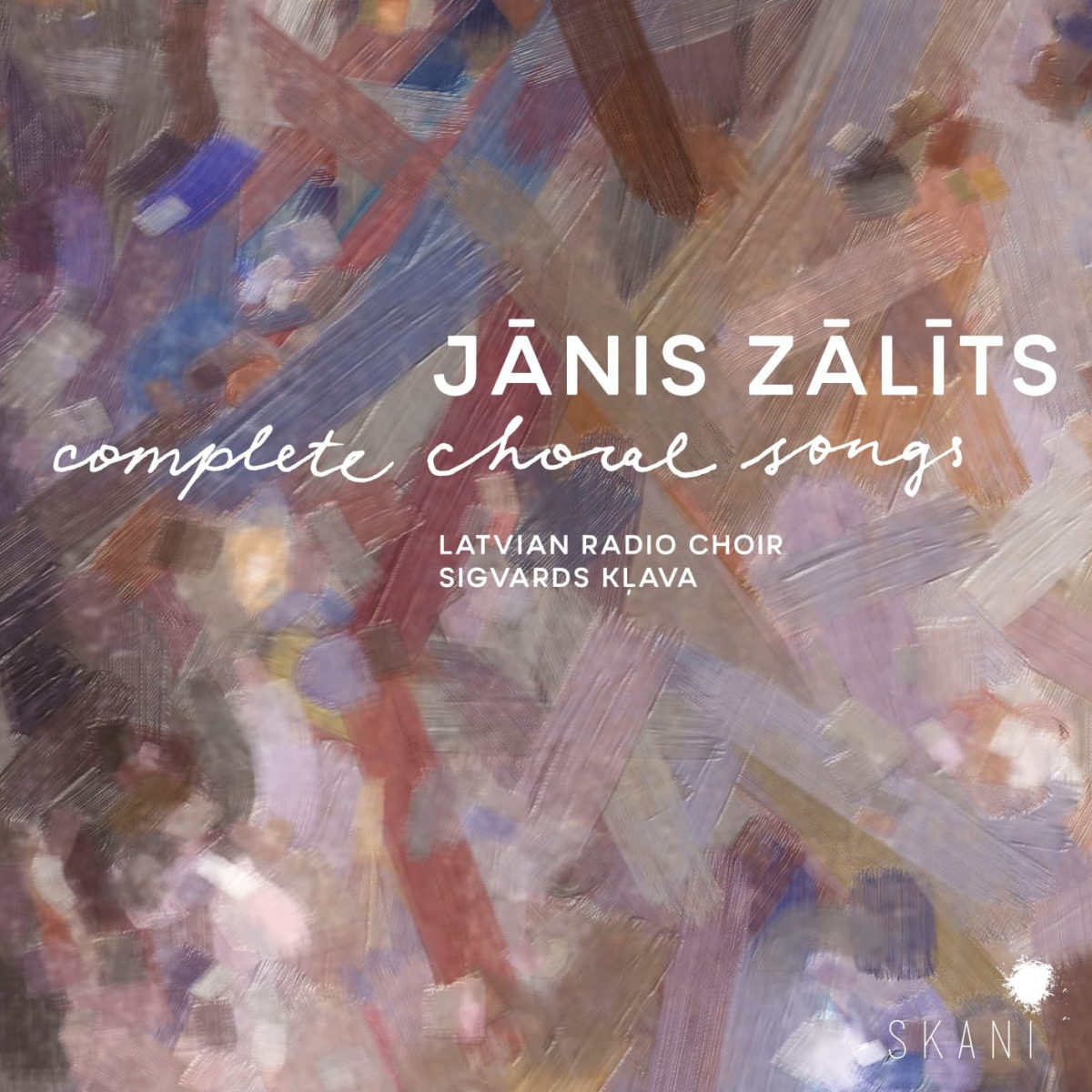Throughout the centuries, composition has been an almost exclusively male dominated profession. Only in the 20th century did women’s contributions to composition become actively encouraged and recognized. In many ways, Latvia has been a leader in the field of women’s composition – in the last half century, several women composers have risen to prominence, and young women composers have been making their mark in recent decades.
To celebrate the contribution of these composers to Latvian academic music, the Latvian national record label released the album The Glittering Wind in 2020, which features symphonic works by five female Latvian composers, performed by the Liepāja Symphony Orchestra and conductors Atvars Lakstīgala and Gintaras Rinkevičius.
The ambitious Liepāja Concerti project, where a dozen Latvian composers were invited to compose a concerto with the city of Liepāja as an inspiration, has, up until now, only had one contribution by a female composer. Liepāja Concerto No. 7 for piano and orchestra, by Santa Ratniece, is a five-movement work that features pianist Vestards Šimkus. Šimkus described the work as being inspired by the ‘Himalayan mountains’, and themes of spirituality and Eastern mysticism are interwoven throughout the work. The first movement, fragile and almost dainty, has a dreamlike character, like a kind of deep meditation, with Šimkus’ piano performance giving an ethereal quality to the work. Piano arpeggios punctuate the brief second movement, both rising and falling, almost like flight, which then leads into the mystical third movement, a contemplative journey using Eastern instruments and sounds. The work concludes in the stormy, almost stressful fifth movement, with Šimkus’ piano sounding like an alarm, alongside ominous percussion from the orchestra. Conductor Atvars Lakstīgala leads the orchestra to the work’s reflective and subdued conclusion, as brief bursts of sound intermingle with silence as the work slowly dissipates.
The other five compositions on the album are miniatures, and Ratniece also provides ‘Aureola’, a musical representation of light around the moon. On this and the other miniatures, conductor Gintaras Rinkevičius helps conjure the visual and sonic representation of this imaginative work.
Composer Marina Gribinčika also finds inspiration in elements of nature in her work “Kolkas raga viļņi” (The Waves of Cape Kolka), about the northern point of the Kurzeme region in Latvia where the waves of the Baltic Sea and the Gulf of Rīga meet, and, on windy days, crash into each other. The ebb and flow of these two bodies of water is captured in the sound of the orchestra and reveals the unique natural beauty of this area.
The poetry of Aspazija provides inspiration for Maija Einfelde’s somber “Un pār visu spīd saule trejkrāsaina…” (And a Tricolour Sun Shines on Everything…) Einfelde’s music is often tense, even harsh, and there are elements of sadness and melancholy throughout the work, such as bells tolling, and the orchestra provides a vivid interpretation of the varied resplendent colors of the sun.
Gundega Šmite’s “Vēja mirdzums” (The Glittering Wind) uses varied sonic textures and effects to achieve the representation of the wind, full of pollen from meadows. The swirling sound of the wind instruments, and the tinkling of bells, generates an enveloping atmosphere, where the listener can imagine standing in a field while the wind blows in all directions.
Selga Mence interweaves Latvian folk melodies with memories of her childhood in “Viļņu spēles” (Games of the Waves). A slightly sentimental tone can be heard throughout, perhaps viewing the waves through a child’s eyes, beholding and marveling at the beauty of the sea. The work leads to a stormy climax, with the rising and falling strings, as well as percussion, vividly portraying a tumultuous moment by the water. The work concludes with a fragment of the Latvian folk song ‘Es redzēju jūriņā’, a song about the Sea Mother, as perhaps a display of reverence for the power and beauty of the sea.
These symphonic works display the broad range and colorful palette of female Latvian composers. Each has her own unique, individual style, creating multicolored, layered works. The Liepāja Symphony Orchestra, and conductors Atvars Lakstīgala and Gintaras Rinkevičius reveal the many complexities and nuances of these symphonic works.
For further information, please visit the Skani website and the Liepāja Symphony Orchestra website.
The Glittering Wind
The Liepāja Symphony Orchestra
Skani LMIC 079, 2020
Track listing:
Santa Ratniece – Liepāja Concerto No. 7 for piano and orchestra
- I. 4:44
- 2. II. 2:17
- 3. III. 11:49
- 4. IV. 2:36
- 5. V. 4:12
- Marina Gribinčika – “Kolkas raga viļņi” / The Waves of Cape Kolka
- Maija Einfelde – “Un pār visu spīd saule trejkrāsaina…” / And a Tricolour Sun Shines on Everything…
- Gundega Šmite – “Vēja mirdzums” / The Glittering Wind
- Santa Ratniece – “Aureola”
- Selga Mence – “Viļņu spēles” / Games of the Waves




